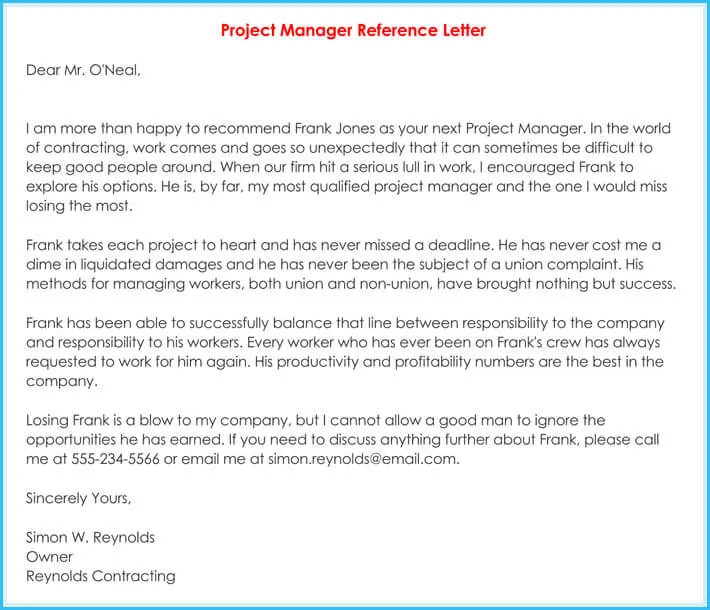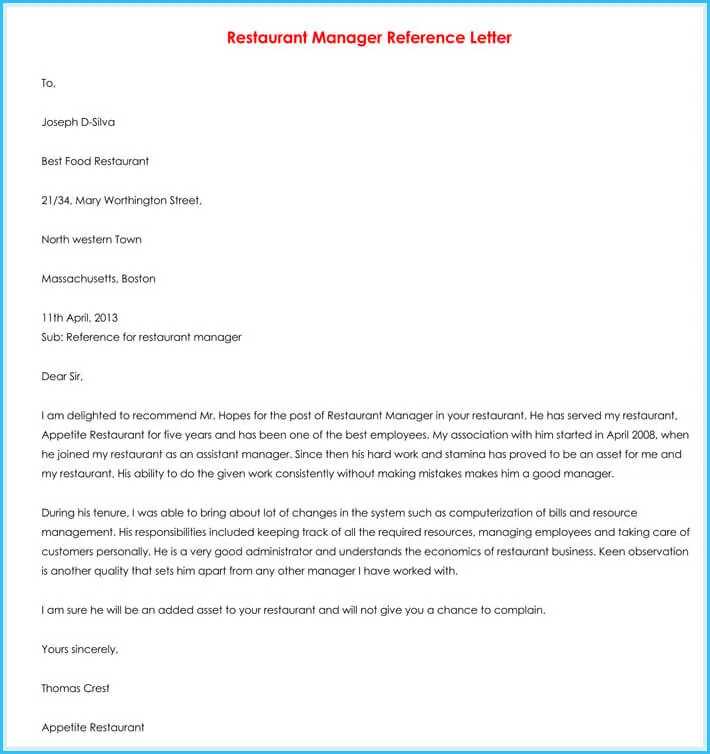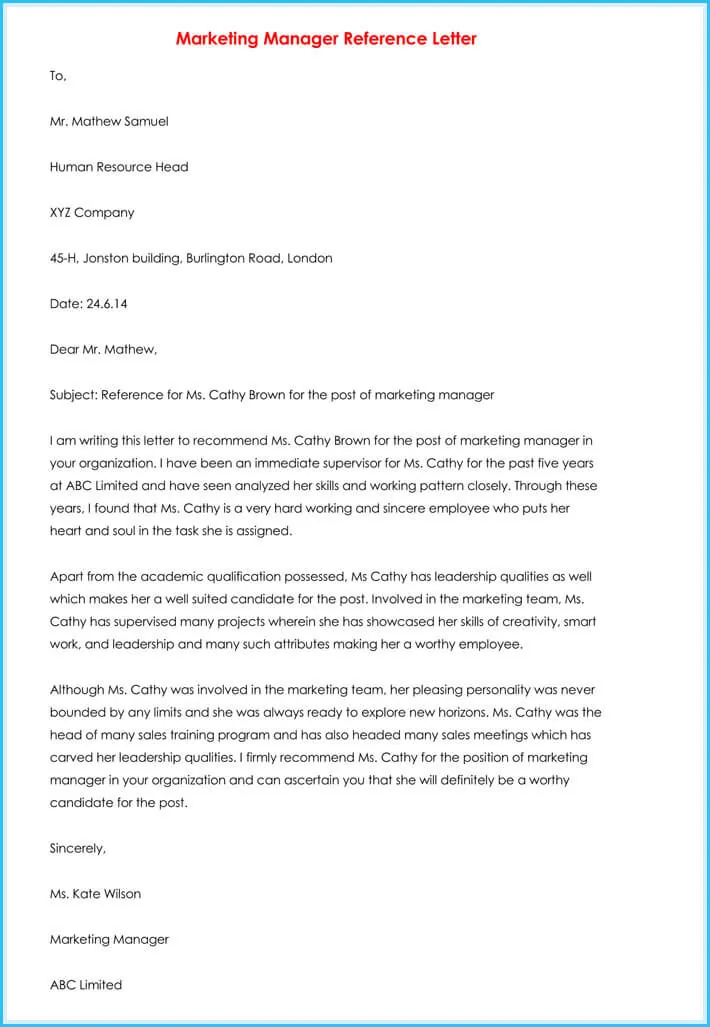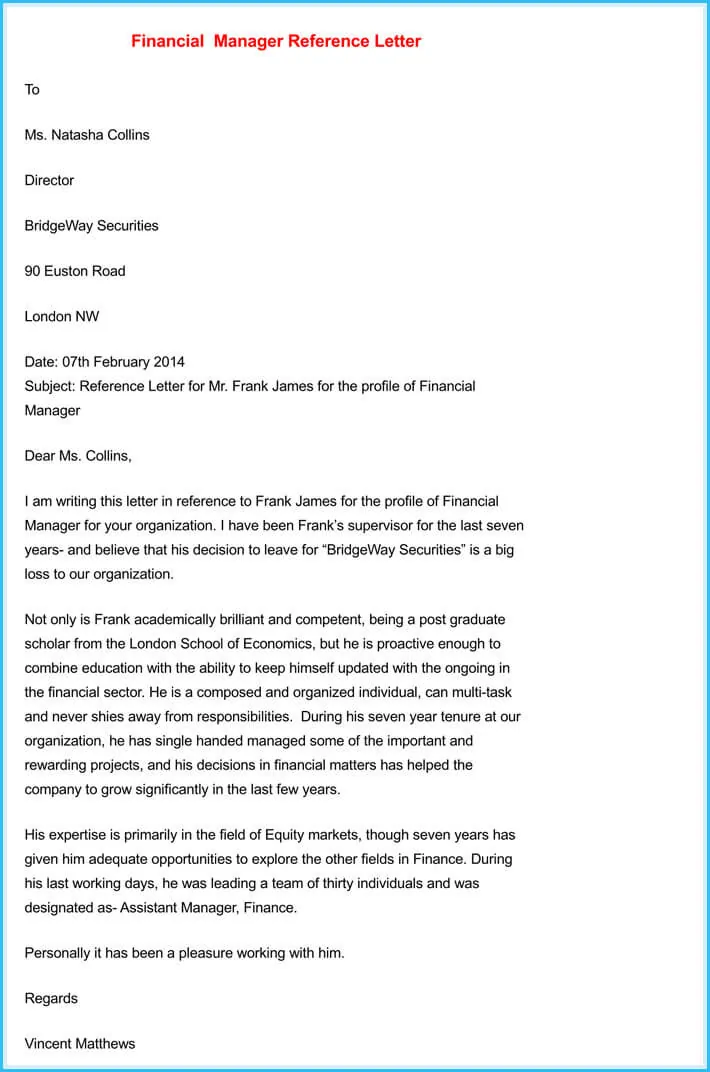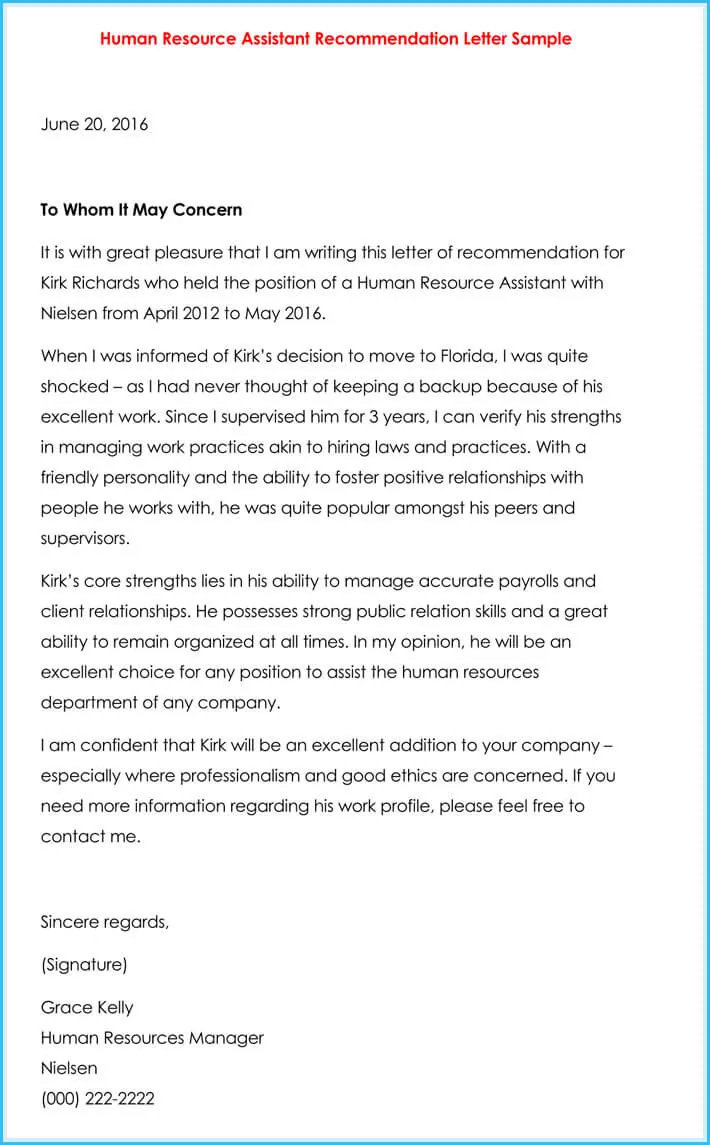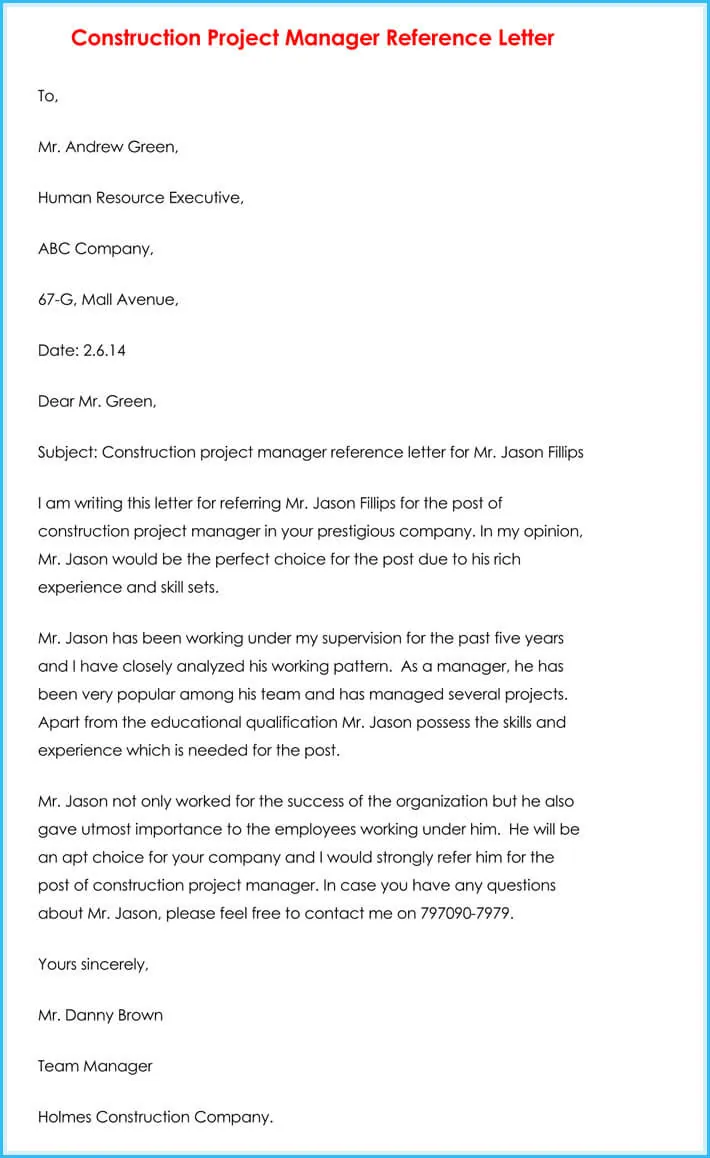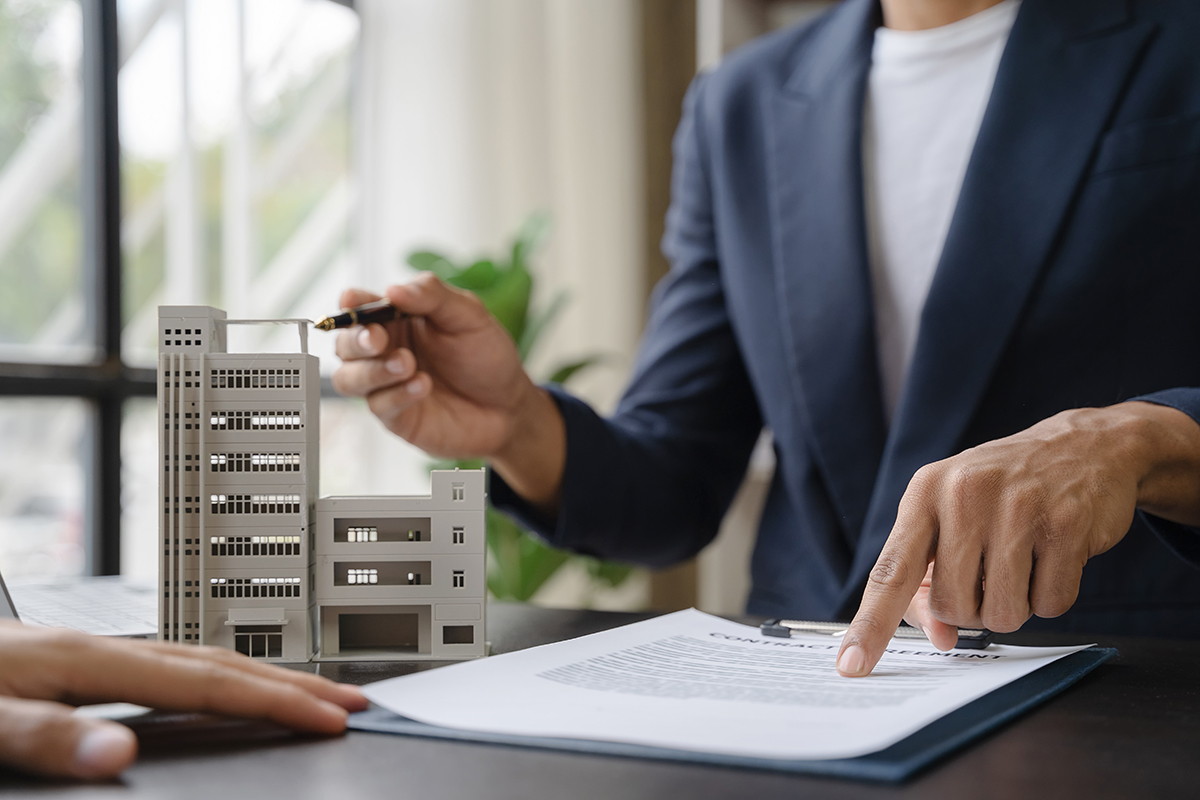In the highly competitive world of employment, obtaining an advantage is crucial to staying ahead. Having a person vouch for you is excellent for appearing more desirable to potential employers. In addition, a new employer feels more confident taking on an employee whose value is guaranteed by a person of reputable standing. Between employers, valuable employees are made apparent through personal statements of endorsement, referred to as reference letters.
A Manager Reference Letter is a document written by a workplace superior as a personal recommendation for an employee applying for a new job or position.
The reference letter states the superior’s opinion on the employee’s workplace behavior, observed abilities, and prior job performance.
Samples and Templates
Significance
This letter is an essential gauge of an employee. It essentially tells a new employer what the previous employer thinks about the employee and usually serves as an endorsement recommending the employee for an applied position. A new employer can quickly determine if an applicant is suitable for employment through the letter’s statements.
In addition, this letter lends an air of credibility to the employee’s application, serving as validation of the several statements about relevant abilities, experience, character, and work ethic submitted in the application.
If You are a Requester
If you are applying for a position, presenting why you are the best can be problematic in the short interactions you might have with your employer, either through your résumé or job interviews. A reference letter from someone you once worked under can be a great way of further expounding on your desirable characteristics to get a crucial edge over the competition.
When should I ask?
It is a professional opinion based on experience that describes how well-suited you are for a particular position or organization. Thus, the best time to ask for a reference letter is when you are applying for either a new job, enrollment in a school, or a promotion within an organization. This letter is an essential document in a hiring/engagement process, as it can make a good first impression of a candidate if written correctly.
Factors to consider
Getting the best endorsement should focus on seeking a reference letter. More often than not, securing the best possible endorsement requires some careful consideration and planning. Serving as a guide, engaging the following factors will make obtaining a sterling reference letter easier.
- Choose the writer wisely: Any manager can write a reference letter, but the best recommendation will come from the supervisor who had the best time working with you. A manager who likes you will be more willing to put a generous amount of effort into ensuring you can move on to better opportunities. The letter will appear less generic and specifically identify your best characteristics and work achievements.
- Ask more than one person: Multiple reference letters can have more effect than one. Two credible sources say the same thing, which lends a heightened layer of integrity to any claim. If you have had multiple work experiences, it may be more favorable to ask multiple supervisors to recommend you.
- Ask politely: A reference letter is usually a matter of personal obligation rather than a work duty, and a request for a letter can be denied. Asking for a reference letter is requesting that the individual vouch for you as an employee. This might not be comfortable for everyone to do. Thus, it is essential to ask politely, preferably either over email or face-to-face, to improve your chances of securing a letter.
- Provide your accurate information: A reference letter is a document with a lot of gravity specifying relevant information about a person. Therefore, ensuring that the correct information is provided is paramount. A reference letter should have all the relevant details you want to be displayed to your potential employer. Forward all necessary information to the person writing the letter, including proper name spellings, dates, resumes, and skills.
If You are a Writer
If you’ve been asked by a former or leaving employee to write a reference letter, you have been given a great deal of responsibility, as what you write will significantly affect the individual’s life. Therefore, it is essential to do your best to help the employee as much as possible.
What should I include?
A reference letter should contain certain information, and as the person writing the letter, you should include this to make up the parts of the letter.
The most important things to include in any reference letter you write are:
- Your relationship with the candidate
- The period the employee worked with you
- Your experience with the candidate
- Why you are recommending the candidate for the position
- Your contact information.
Writing a Perfect Reference Letter
A reference letter is a formal document, and should be written in a specific format even if no submission requirements are requested. In addition, the letter should be written in a careful sequence to appear professional and authoritative.
There is a guide to writing a reference letter:
Header
The header is the foremost part of the letter and the first part of the letter that the recipient will see.
The header of the letter is typically made up of the following:
- Date: The date indicates the date when the letter was written. This shows the day, month, and year. The appropriate date format should be used, especially if the letter’s recipient is abroad.
- Name, designation, and address of the recipient: This portion of the header states in clear terms to whom the letter is addressed. This specifies the name and designation of the recipient. The recipient’s address should typically be stated as the organization’s address at which the recipient functions.
- The subject of the letter: The letter’s subject line states the purpose of the writing and gives the reader the first indication of the letter. The letter’s subject must be concise and accurately encompass all that the letter contains.
- Greetings: The greetings are the salutations offered to the recipient before the letter starts properly. The typical greeting used in reference letters is prefixed with “Dear” followed by the recipient’s name.
Introduction
The introduction is an essential part and starts the central part of the letter. It presents the letter’s purpose and establishes why the recipient should listen to you.
The introduction of a reference letter is made up of two parts:
- The reason for writing: This part of the introduction comprises a sentence, or a few sentences, that expound on the letter’s subject. The explanation for why the recipient is getting a letter from you should be outlined in this section.
- Relationship between the employee and the writer: It should be clarified why you are writing the letter to the recipient. This section of the introduction gives information about who you are and how you know the employee. In addition, it should contain details about the position you held over the employee and the organization in which you have/had a role.
Body
This makes up the letter’s core and is usually the most significant part of the letter. This contains information that backs up your endorsement of the employee.
This part of the letter is detail-oriented and is usually made up of the following:
- Description of the employee’s habits and skills: Employees’ skills define their suitability for a specific role, while their habits determine their suitability to the organization’s culture. A reference letter should give due consideration to both. In addition, specific information should be given about the behavior and abilities of the employee.
- Overview of the employee’s accomplishments: This section of the letter should confirm that the employee achieved something during their time with your organization. In addition, the worth of the employee to your organization should be stated here.
- Provide examples to support the words: Specific outlines of what the employee did during their employment lend credence to the proposed worth of the employee.
EXAMPLE
This section of the letter should contain instances in which the employee completed some particular project, attained one of the organization’s missions, or increased the overall worth of the organization.
Conclusion
This part ends the letter. The letter should be ended on a note that evokes a strong reaction from the recipient and creates a subtle reminder of all that the letter contains.
The conclusion of a reference letter should typically be:
- Conclude with a strong recommendation: The letter’s conclusion should reiterate the endorsement you have given the employee. The recipient should be firmly convinced that you recommend a prime candidate, and your final words should reflect this.
- Signoff: The signoff ends the letter and typically expresses the writer’s wishes. This states the hope of the writer that the recommendations put into the letter will factor well into the consideration of the employee.
- Name, job title, and company name of the writer: The relevant personal information about the writer of the letter is stated here. This includes your name, the position you occupy/occupy in whatever organization the employee left, and the company’s name in which you hold a position.
Letter Template
A guide that you can use to structure any reference letter you write is presented below. You can write a reference letter quickly and with little risk of omitting vital information using the following template:
template
[Date]
[Name of Recipient]
[Designation of Recipient]
[Address of Recipient]
[Subject of the Letter]
Dear [recipient’s name],
I write this letter to recommend [name of the employee] for a position in your organization, [name of the firm to which the candidate is applying]. I have worked as a direct supervisor to [name of the employee] for [specify employment duration] years and can certify their immeasurable worth as an employee.
In the time I have worked with [name of the employee], they have displayed incredible competence at work, along with an unshakeable sense of diligence and responsibility. Moreover, during their time at [specify your organization’s name], [name of the employee achieved [specify the achievements of the employee].
I am confident [name of the employee] will be an invaluable addition to your organization. Please get in touch with me if you have further queries.
Sincerely,
[Your signature]
[Your name]
sample letter
Dear Mr. Smith,
I am writing to wholeheartedly recommend John Doe for the position he is applying for at your esteemed company. Having had the privilege of being John’s manager for over three years at ABC Corporation, I have observed his remarkable skills and unwavering commitment firsthand.
John has consistently demonstrated a strong work ethic and dedication to success. His ability to work efficiently under stressful conditions and manage deadlines speaks volumes about his hard work, determination, and composed demeanor. He has an innate ability to understand complex concepts and convert them into actionable plans, which has been a significant asset to our team.
In addition to his professional qualifications, John has a pleasant personality that enhances his relationships with colleagues and clients alike. He is a collaborative teammate and a natural leader, always ready to take on additional responsibilities and contribute to our team’s success.
In conclusion, I have no reservations about recommending John for any position he chooses to pursue. He is a capable, dependable, and valuable asset to any organization.
Sincerely,
Maria James
Manager, ABC Corporation
Analysis
This sample reference letter is a useful guide for someone looking to write a similar letter due to several key aspects:
- Professional Tone and Language: The writer uses formal yet accessible language, which is appropriate for a professional setting. It avoids overly complex words while maintaining a tone of respect and seriousness, which is essential for a recommendation.
- Structured Format: The letter follows a clear structure, beginning with an introduction, a statement of recommendation, an elaboration on the individual’s skills and qualities, and a concluding endorsement. This structure makes it easy for the writer to organize their thoughts and for the reader to follow the content.
- Specific Qualities and Examples: The writer highlights specific qualities of the individual (i.e., strong work ethic, ability to work under stress, problem-solving skills) and provides a general context where these qualities were demonstrated (e.g., managing deadlines at ABC Corporation). This approach gives credibility to the recommendation and helps the reader understand the candidate’s strengths in a practical context.
- Balanced View of Professional and Personal Attributes: The writer has mentioned both professional skills and personal qualities (pleasant personality, collaborative nature). This holistic view is important as it addresses both the technical competency and the interpersonal skills of the individual, which are vital in most job roles.
- Positive and Supportive Language: The use of positive language (“wholeheartedly recommend,” “remarkable skills,” “significant asset”) emphasizes the strong support the writer has for the applicant. It conveys a sense of confidence in the candidate’s abilities and suitability for the new role.
- Formal Conclusion: The writer ends the letter with a formal closure, reiterating the recommendation (“I have no reservations about recommending John”) and providing their credentials. This not only reinforces the recommendation but also adds authenticity to the letter.
For someone writing a reference letter, this sample serves as a comprehensive guide. It covers essential elements while demonstrating how to present information in a concise, structured, and persuasive manner.
Tips for Effective Writing
The guidelines above will help you write a good reference letter, but to make the write-up truly stellar, apply the following tips when writing:
Use proper format
A reference letter should look as professional as possible. The letter should be written in professional business letter format with steps and sequences, with each part of the letter written in the correct position.
Be confident about the employee
A reference letter is a personal endorsement of a candidate and reflects on you as a judge of character. You should be well versed in the skills and behavior of the employee to recommend the individual as suitable for a particular role.
Describe the job appropriately
Each job is different, and the requirements of each organization differ. Therefore, you should tailor whatever reference letter you write to the specific organization. By highlighting the features of the employee that will be most important to the new organization, you increase the individual’s chances of success.
Provide strong example
Vague assertions can only go so far. A specific type of work that makes the candidate more desirable for the position applied for should be stated. This can include narrative instances of the stellar achievements of the employee.


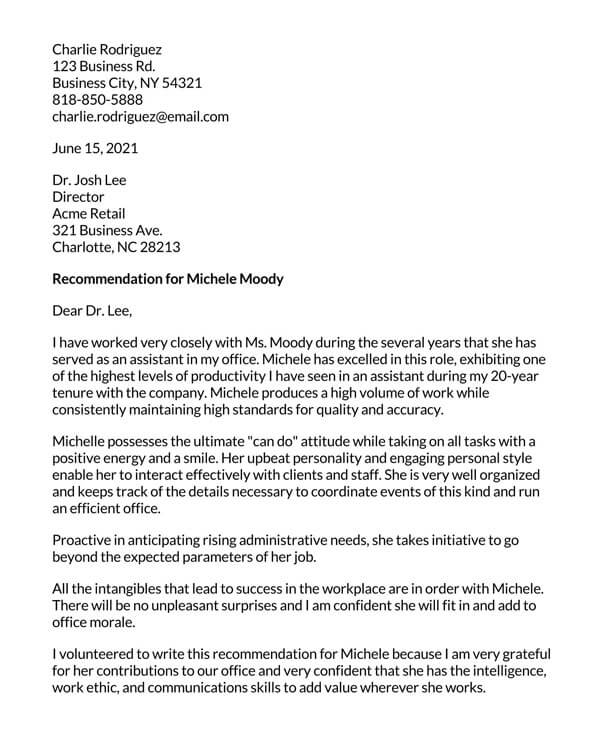

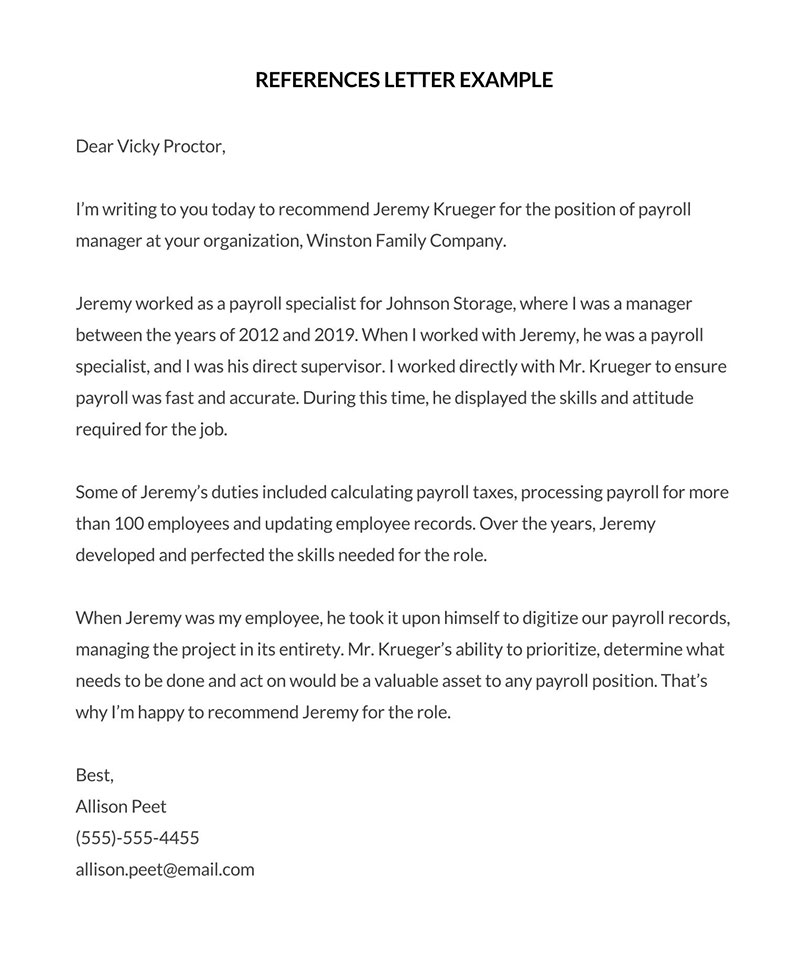

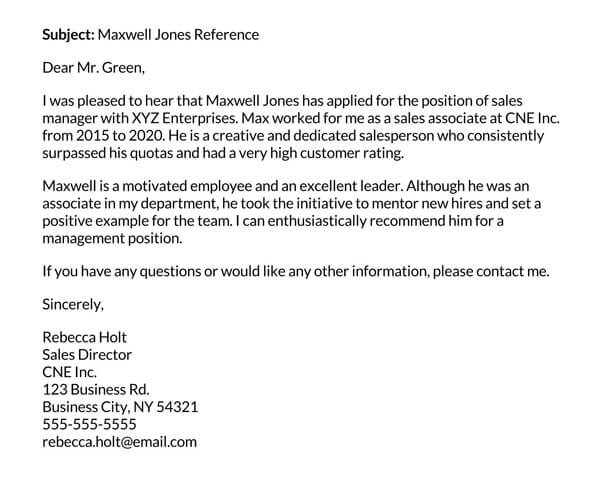

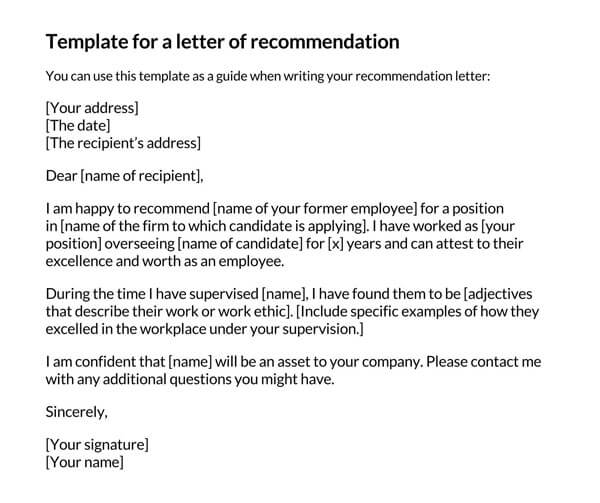
So by concluding all, here are a few key points:
- You should only write references that endorse the candidate and boost the candidate’s chances.
- A reference letter you write should not be a generic document but tailored to the employee and the employment the letter is supposed to support.
- As a requester, help the writer as much as possible by providing all necessary information to make the letter compelling.
Frequently Asked Questions
For specific organizations, there might be submission requirements for reference letters. This highlights the specific format in which reference letters should be submitted. For example, there might be a preference for physical letters over digital submissions. In the case of digital documents, this can include specifications such as font size, font type, and line spacing.
The first thing to decide is if you are the best person to write the letter to. This depends on if you can write favorable things about that employee. If so, ask for all the details about the letter, including the letter’s purpose, any submission requirements, and the date of submission. After the letter has been drafted, please read the letter carefully before submitting it.
